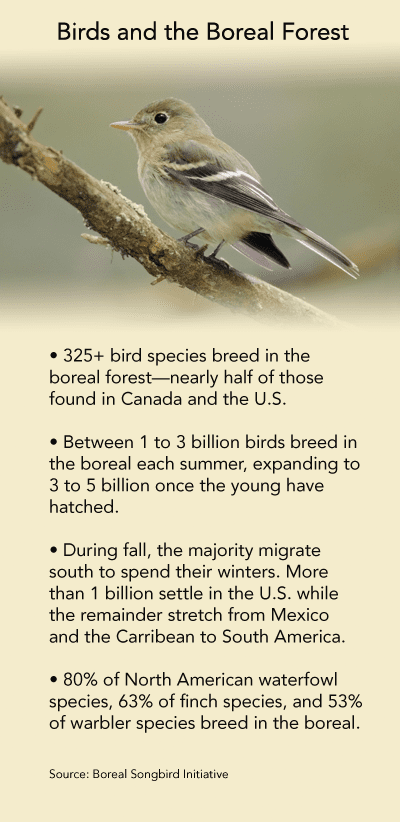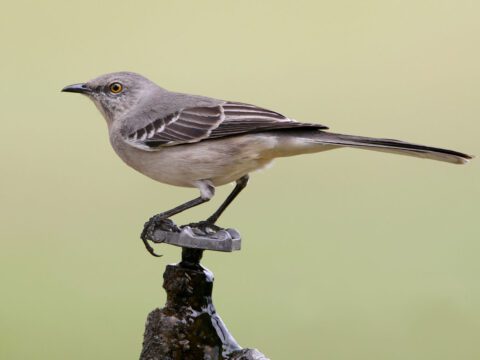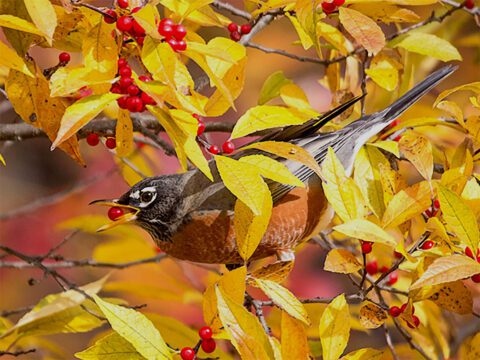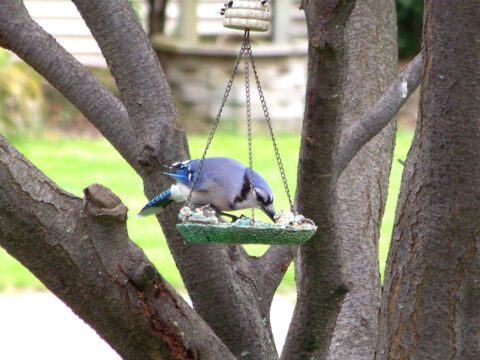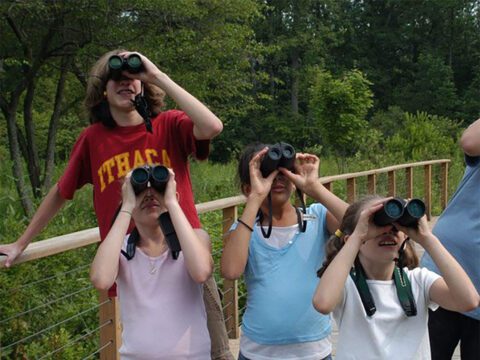Where the Birds Come From: The Push to Protect the Boreal Forest
By Jeff Wells
April 13, 2015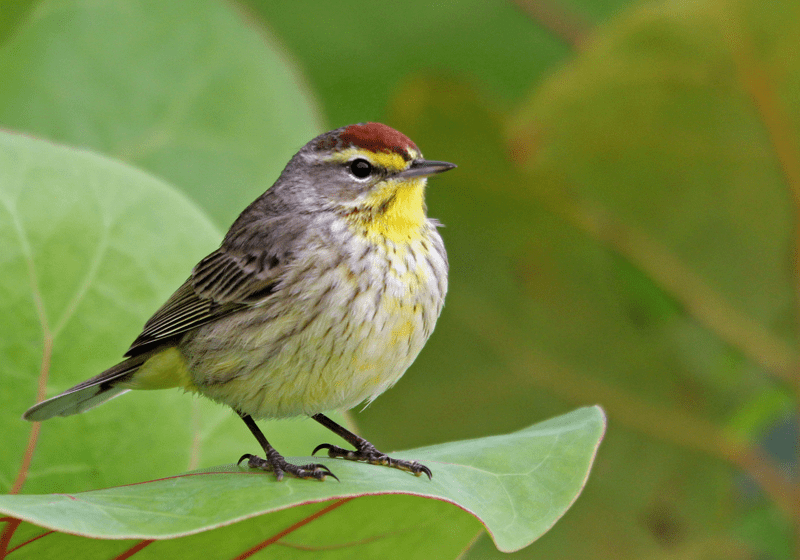
In the northern reaches of North America lies a vast forest that extends from interior Alaska all the way across Canada to Newfoundland and the Atlantic Ocean. It provides the breeding grounds for billions of migratory birds each summer and is home to around one-quarter of the world’s remaining untouched forests. North America’s boreal forest contains a treasure trove of internationally significant ecological values, and it’s also the focus of one of the most ambitious conservation efforts anywhere on Earth.
The combination of its intactness (about 80% is still relatively intact and free of industrial disturbance) and its vast networks of wetlands and waterways (millions of lakes large and small and around 25% of the world’s wetlands) makes this lush forest a summer breeding paradise for at least 325 bird species—nearly half of the species commonly found in the U.S. and Canada.
Some of the species that most excite birders around the United States during spring and fall migration owe much of their existence to the boreal forest. More than half of the wood-warbler species that can be found throughout the U.S. breed in the boreal forest. Some are almost entirely reliant on it, including the Palm Warbler (estimated 98% of its North American population), Tennessee Warbler (97%), Connecticut Warbler (91%), and Cape May Warbler (83%).
The millions of lakes and ponds sprinkled throughout the forest also make it a haven for waterfowl, supporting an estimated 80% of the waterfowl species found in the U.S. and Canada.
All in all, between 1 and 3 billion birds flock to the boreal each spring to nest over the summer, their numbers swelling to 3 to 5 billion once the young are ready for fall migration. More than 1 billion of these birds will settle in the United States to winter while many more pass through en route to warmer climes.
This U.S. Fish and Wildlife Service video helps illustrate the boreal forest’s importance to many bird species:
This is precisely why a coalition of bird and conservation organizations have joined together to call for the protection of at least half of this continental bird nursery. The Boreal Birds Need Half campaign is led by the Boreal Songbird Initiative and Ducks Unlimited; it includes the Cornell Lab of Ornithology, Audubon, and other leading organizations.
Equally important, it urges the use of high sustainability standards on industrial activity in remaining landscapes and the implementation of free, prior, and informed consent when engaging resident indigenous communities, many of which have resided in these boreal landscapes for thousands of years.
As recently as the early 90s, conservation biologists believed that setting aside as little as 10–12% of an ecological region would be sufficient to maintain the majority of species and ecosystem functions present (reports referenced here). However, modern conservation science has proven this target to be a considerable underestimate. Now, scientists contend that at least half of the boreal forest should be set aside from development. This figure is also in line with the long-term needs of boreal birds, many of which feature relatively widespread breeding ranges and require large expanses of healthy habitat.
The campaign is now seeking to enlist the power of the millions of birders across the continent. You’ll find more information about this issue and actions you can take at the Boreal Birds Need Half campaign website.
 Jeff Wells is the senior scientist for the Boreal Songbird Initiative and a former scientist at the Cornell Lab of Ornithology.
Jeff Wells is the senior scientist for the Boreal Songbird Initiative and a former scientist at the Cornell Lab of Ornithology.

All About Birds
is a free resource
Available for everyone,
funded by donors like you
American Kestrel by Blair Dudeck / Macaulay Library

